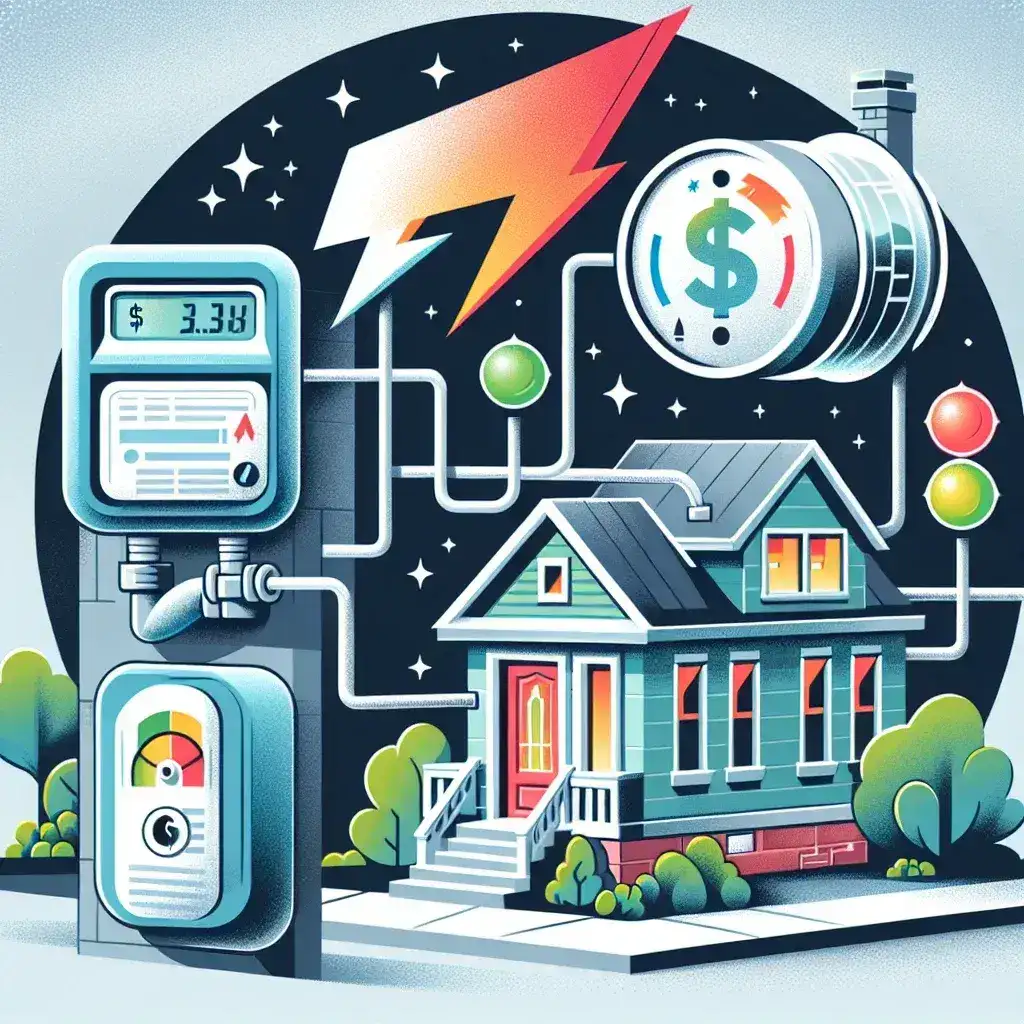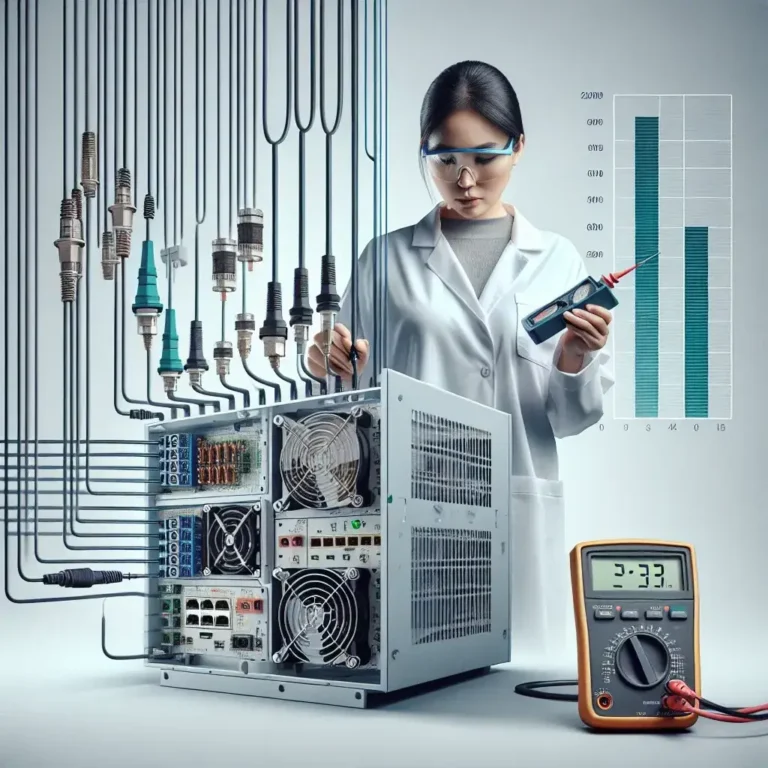In today’s world, where electricity consumption is a major component of our daily expenses, the efficiency of power supply systems has attracted considerable attention. Many consumers might wonder if the efficiency of their power supplies, such as power supply units (PSUs) in computers, energy-efficient appliances, or even electrical installations in their homes, has an effect on their electricity bills. This article investigates this topic thoroughly, analyzing how power supply efficiency correlates to electricity costs and offering practical insights for reducing energy expenses.
| Power Supply Efficiency | Electricity Bill Impact |
|---|---|
| High Efficiency (90%-95%) | Lower energy waste, reduced costs |
| Moderate Efficiency (80%-89%) | Average energy waste and costs |
| Low Efficiency (Below 80%) | High energy waste, increased costs |
Understanding Power Supply Efficiency
Power supply efficiency refers to the ratio of useful output power to the total input power, expressed as a percentage. For instance, a power supply that converts 90% of its input energy into usable output while wasting 10% of energy will have an efficiency rating of 90%. Higher efficiency means less wasted energy, which can have a direct impact on electricity bills.
Factors Influencing Power Supply Efficiency
- Technology Used: Newer technologies often lead to higher efficiency ratings.
- Load Conditions: Efficiency can vary with different load levels.
- Design Quality: Quality components and design can improve efficiency.
- Regulatory Standards: Certifications like Energy Star indicate higher efficiency.
The Relationship Between Power Supply Efficiency and Electricity Bills
An efficient power supply not only reduces wasted energy but can also significantly impact the costs associated with electricity consumption. Understanding this relationship helps consumers make informed decisions about their power needs. Here’s how efficiency influences bills:
Lower Energy Consumption
Higher efficiency power supplies consume less energy to perform the same tasks compared to lower efficiency alternatives. For example, a computer that requires 500 watts but uses a low-efficiency PSU (80% efficiency) will draw more energy from the grid than a high-efficiency PSU (90% efficiency).
Long-Term Savings
Although energy-efficient devices may have a higher upfront cost, over time, they can result in lower electricity bills. For instance, when using a power supply with a 90% efficiency as opposed to one with 80%, you could save hundreds of dollars annually, especially in high-energy-demand situations.
Operational Costs
Higher efficiency leads to reduced heat emission, minimizing the need for additional cooling systems which can also add to electricity costs. Efficient systems manage heat better and extend the lifetime of devices, resulting in fewer replacements and repairs.
Calculating Electricity Costs Related to Power Supply Efficiency
To quantify the effect of power supply efficiency on electricity bills, consider the following formula:
Total Cost = Power Consumption (in kW) × Hours Used × Rate per kWh
Let’s break it down with an example:
Example Calculation
1. A computer system with 500 watts of power consumption.
2. Daily usage of 8 hours per day.
3. Electricity rate of $0.12 per kWh.
Low Efficiency PSU (80%):
Input Power: 500 watts / 0.80 = 625 watts (0.625 kW)
Total Daily Cost: 0.625 kW × 8 hours × $0.12 = $0.60
High Efficiency PSU (90%):
Input Power: 500 watts / 0.90 = 555.56 watts (0.556 kW)
Total Daily Cost: 0.556 kW × 8 hours × $0.12 = $0.53
Daily Cost Savings: $0.60 – $0.53 = $0.07
This calculation becomes more substantial over a month or a year, showcasing significant potential savings.
Energy Efficiency Certifications
When shopping for new power supplies or appliances, look for energy efficiency certifications. These can help you identify systems that minimize energy consumption.
- Energy Star: Indicates high efficiency for a variety of appliances and electronics.
- 80 Plus: A certification for power supplies that meet specific efficiency benchmarks.
- LEED: A certification for buildings that highlights energy-efficient practices.
Additional Tips to Improve Power Supply Efficiency
- Upgrade Old Equipment: Replacing outdated devices with newer, energy-efficient models.
- Use Smart Power Strips: To prevent phantom power usage.
- Regular Maintenance: Keep devices clean and well-maintained for optimal performance.
- Monitor Energy Usage: Use smart meters or apps to track consumption effectively.
Conclusion
In summary, power supply efficiency plays a crucial role in affecting electricity bills. Higher efficiency not only reduces energy waste but translates to long-term savings for consumers. By understanding the relationship between power efficiency and electricity costs and making informed choices regarding appliances and power supplies, individuals can significantly lower their energy expenses while contributing to a more sustainable future.




Leave a Comment